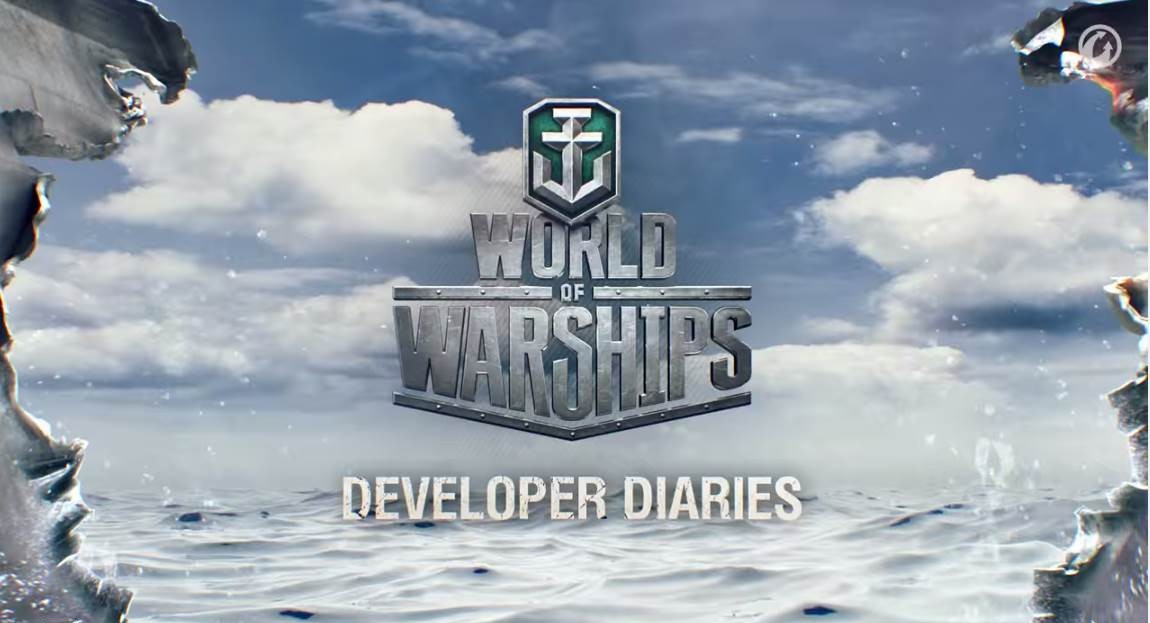
While the troops trained, officers and staffs gathered to work out the details of the operational plans. Elsewhere, Sailors and Marines conducted swimming tests for both men and the draught animals required to pull the rolling stock once ashore. During pre-invasion training in San Francisco, Blue Army Soldiers clambered out of second story windows on rope ladders wearing full equipment to simulate descending from transport ships into landing craft. The Blue Army Expeditionary Force consisted of 40,000 invasion (640 actual) troops, represented by men from the 3 rd Division’s 30 th Infantry Regiment, a singular battery of 75mm field guns, and a USMC battalion. Rear Admiral Harry Yarnell directed the carrier group. Admiral Richard Leigh (commander, Battle Force) served as the overall operational commander, with Major General Malin Craig (IX Corps, future Army Chief of Staff and War College Commandant) directing ground forces. forces, designated as “Blue,” included a naval fleet with two carriers-the USS Lexington and USS Saratoga-and a ground component, the Blue Army Expeditionary Force. These units included 20,000 notional troops, represented by men of the 19th Infantry Regiment, artillery, and 45 ground-based aircraft. Wells, commanding general of the Hawaiian Department led the Black forces. The circumstances for both exercises centered on an imagined invasion and occupation of Oahu, including the naval base at Pearl Harbor and surrounding Army airfields, by an enemy coalition dubbed “Black” forces. As the current force prepares for potential budget cuts and as regional threats grow, these two exercises illustrate the value of training with reduced resources and demonstrate how those lessons learned can influence the United States’ approach to future conflict.


Eight years later, on the verge of a global conflict, wartime funding and modernization helped to address these shortcomings. These exercises, conducted during the Great Depression, proved valuable by exposing operational gaps rather than necessarily demonstrating capabilities. In February 1932, the Army and Navy conducted concurrent training exercises, Grand Joint Exercise No.


 0 kommentar(er)
0 kommentar(er)
